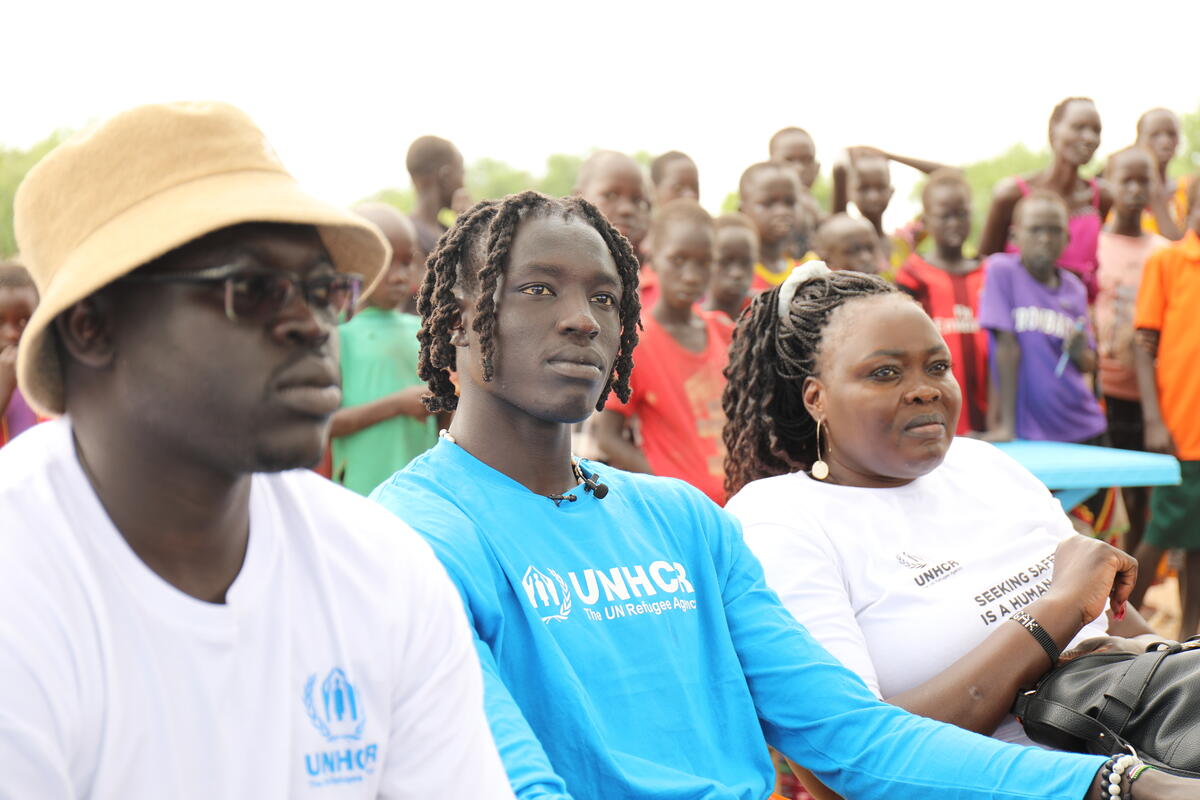Sport programming
Sport programming

The S4P approach is about much more than simply providing opportunities for exercise and recreation. It uses sport as a tool to support children and youth to develop life skills and capacities to protect themselves whilst providing opportunities for meaningful engagement with positive role models (such as coaches and facilitators) in a safe and inclusive space.
UNHCR worked with the International Olympic Committee, Terre des Hommes and others to develop and launch the “Sport for Protection Toolkit: Programming with Young People in Forced Displacement Settings”.
The Toolkit is aimed at humanitarian and sport organizations who want to use sport as a tool to support the protection and development of refugees and other displaced young people. The approach adopted in the toolkit features evidence-based elements from three different sectors to create what we now call Sport for Protection:
- Child protection, which seeks to strengthen young people’s protective environments and reduce their risk factors for abuse, neglect, exploitation and violence;
- Youth empowerment, which identifies and encourages the use of young people’s assets and potential;
- Sport for development and peace, which provides an efficient, flexible and cost-effective way of promoting peace and development across societies.
Elite sport
Providing access to sport also means giving talented refugees the opportunity to compete in sport at the highest level. To do this, UNHCR partners with the International Olympic Committee and the International Paralympic Committee to refugees to fulfill their dreams and participate in the Refugee Olympic Team and the Refugee Paralympic Team, most recently at the Olympic Games in Tokyo.
UNHCR is also working with organizations such as UEFA, the International Judo Federation and Special Olympics International to find ways of promoting access for refugees to sport at the highest level. For refugees, elite sport can also provide opportunities to earn a living and access scholarships.









